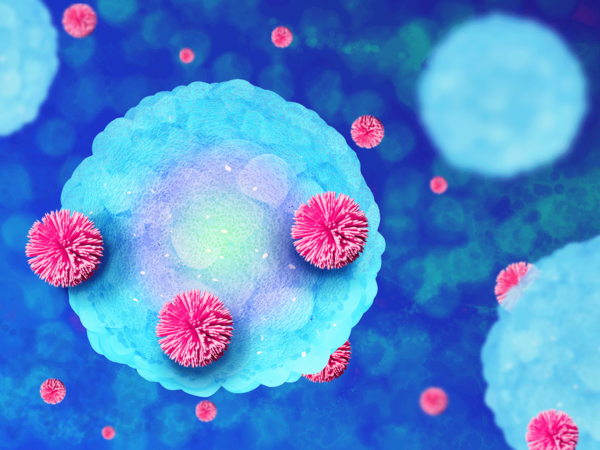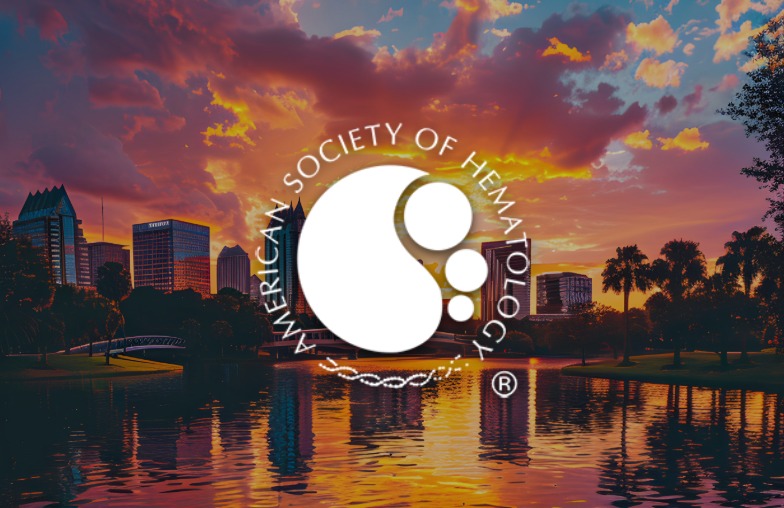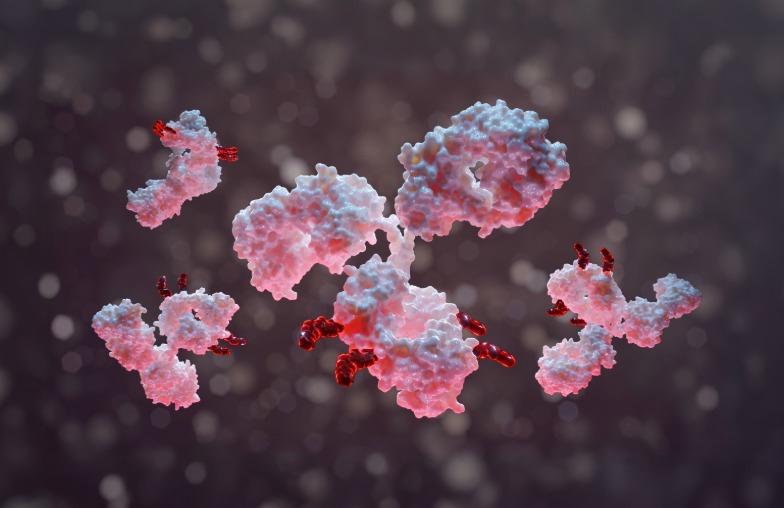The Rise of Targeted Cancer Therapies
New cancer cases are expected to increase globally from 20 million in 2022 to over 35 million by 2050. As the cancer burden grows, so does the pressure to develop new, next-generation therapies for cancer patients. For decades, chemotherapy – in combination with surgery or radiation therapy – was the go-to standard-of-care for cancer treatment. While chemotherapy is still used today, new, promising treatments have emerged with the advent of targeted therapies and immunotherapies.
The emergence of targeted therapies
Unlike conventional chemotherapy, which damages both healthy and cancerous cells, targeted therapy focuses precisely on molecular targets, such as proteins or genes, that drive the growth and survival of cancer cells, minimizing harm to healthy tissue.
The US Food and Drug Administration’s (FDA) approval of trastuzumab (Herceptin) in 1998 for the treatment of HER2-positive breast cancer marked a major breakthrough in targeted therapies and is thought to have saved an astounding three million women’s lives. The success of targeted therapies is undebatable. Of the 198 new oncology drugs approved by the FDA between 1998 and 2022, 43% have been targeted therapies for the treatment of approximately 15 types of cancer, including breast, prostate, colon and lung cancer.

Types of targeted therapies
Researchers are continuing to develop targeted therapies, with small molecule inhibitors and monoclonal antibodies being the two most common types.
There is currently a resurging interest in antibody-drug conjugates (ADCs) which combine monoclonal antibodies with potent chemotherapy drugs. ADCs attach to specific proteins (antigens) on the cancer cell and get internalized into the cell. This process cleaves the “linker” to release the payload (cytotoxic drug), delivering treatment directly to the cell and minimizing damage to healthy tissue. The discovery of new molecular targets, along with advancements in linker technology and manufacturing processes, has enhanced specificity and minimized off-target effects, driving substantial investment by biotech companies in next-generation ADCs. As of 2024, there are 14 FDA-approved ADC products on the market. This resurge is reflected in Catalyst’s portfolio of 10 ADC trials ─ several successfully completed and more planned for the future.
Targeted therapies offer hope for cancer research, but researchers and clinicians still face many challenges in advancing future treatments. A few examples are discussed below.

Targeted therapies offer hope for cancer research, but researchers and clinicians still face many challenges in advancing future treatments. A few examples are discussed below.
Cancer cells can be extremely heterogeneous ─ both within tumors and across patients ─ making a universal treatment nearly impossible. They also adapt and develop resistance to treatment, reducing therapy effectiveness over time. Using targeted therapies in combination with chemotherapy or other targeted/ immuno-oncology therapies is a promising approach to improve duration of response to treatment. Catalyst has seen several protocols where new Investigational Medicinal Products (IMP) are being investigated in combination with other therapies as early as Phase I.
Targeted therapy trials frequently involve intricate designs, featuring adaptive protocols and multiple cohorts spanning different cancer types, each governed by unique eligibility criteria. A streamlined protocol and database design can help manage this complexity.
Recruiting patients for targeted therapy trials is challenging due to the requirement for specific genetic profiles. Researchers need a strong global oncology network and early strategic planning to identify patients efficiently. A robust recruitment plan should outline identification methods, whether that is through standard-of-care screening or study-specific genetic testing. AI advancements help by screening electronic health records, and some companies specialize in genetic profiling to match patients with suitable trials.
Targeted therapies are driving significant progress in cancer treatment, including improved response rates in cancers like NSCLC and metastatic breast cancer. Nonetheless, challenges persist, including disease complexity, drug resistance, intricate trial designs and patient recruitment challenges. Continued research, innovation, and cross-functional collaboration are critical to advancing targeted therapy treatments and enhancing outcomes for cancer patients worldwide.




